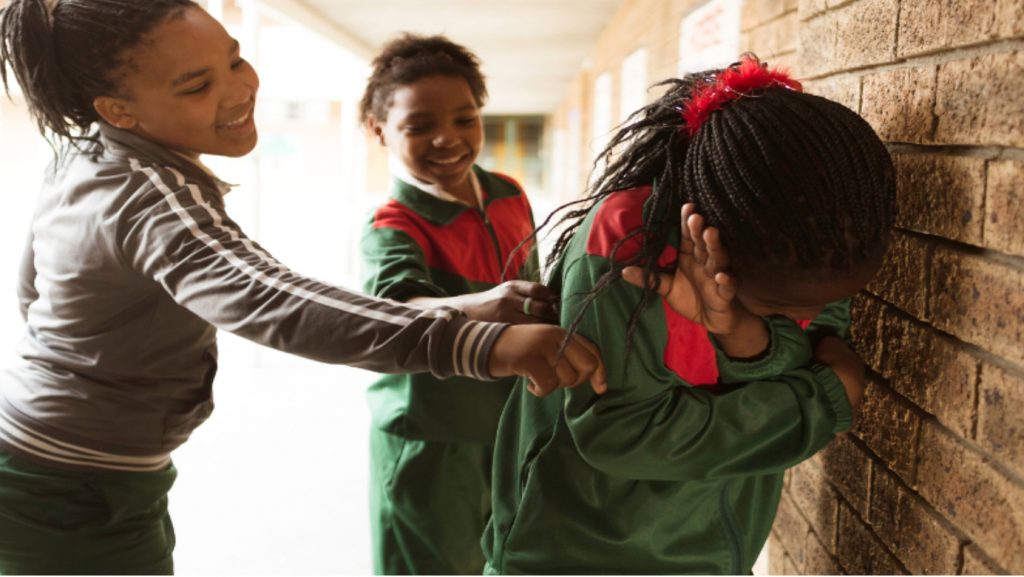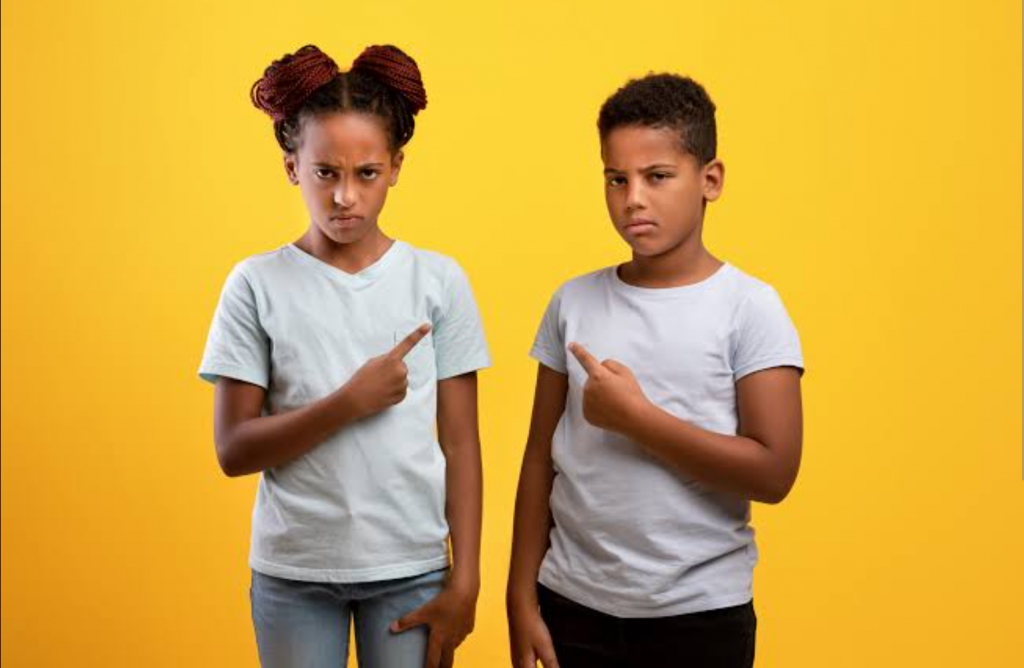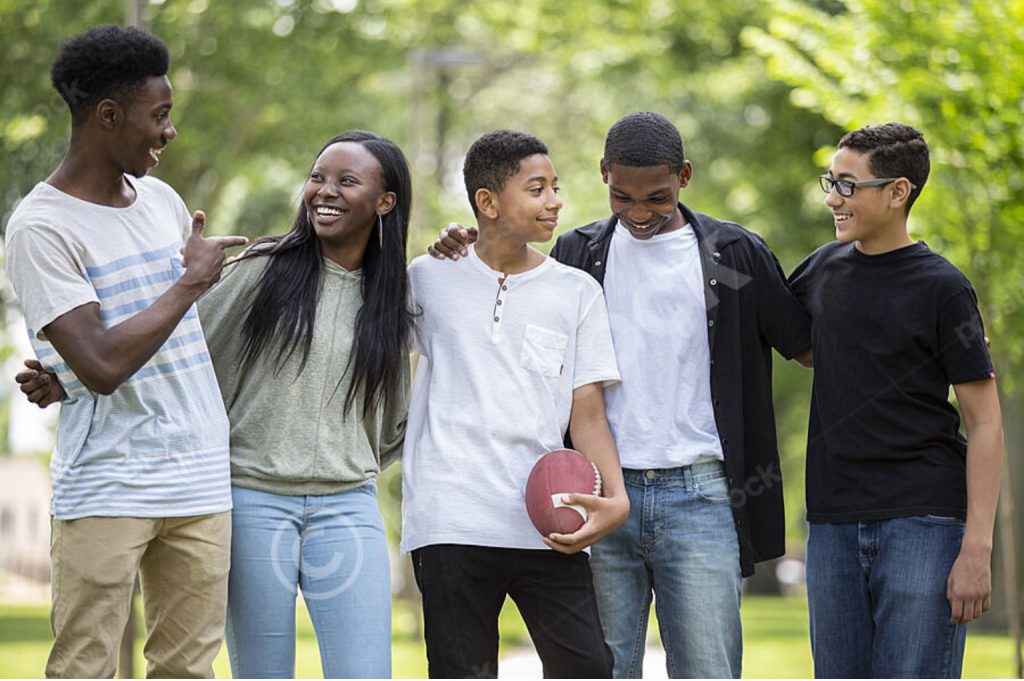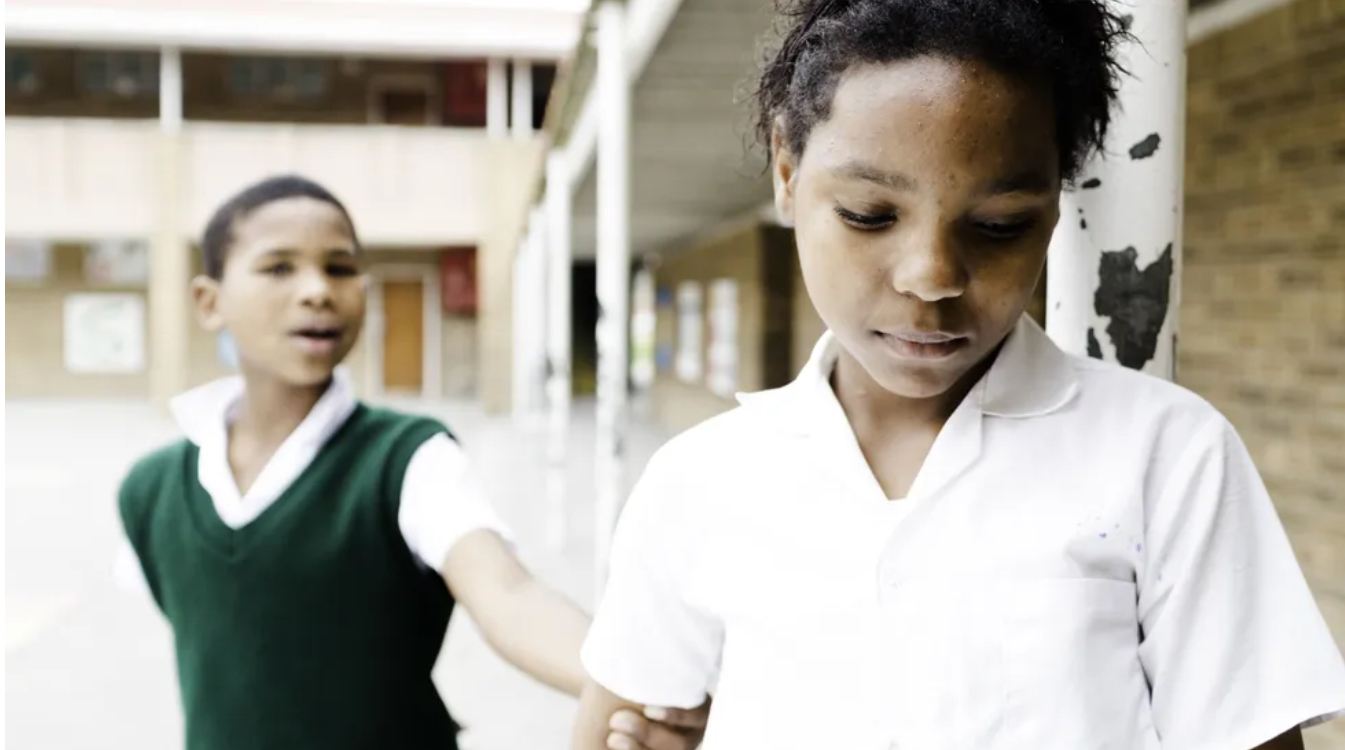What Is Bullying?
Bullying happens when someone repeatedly behaves in a way that intentionally hurts, threatens or makes another person feel less-than-great. It’s not just a one-time disagreement or a harmless prank; it’s a pattern of behavior that can mess with a child’s or a teen’s physical, emotional and psychological well-being.
Bullying can happen anywhere – at school, online or even within families. And here’s the thing – it’s not just about a person having a bad day and letting it out on another; it’s a consistent, intentional malice upon a specific individual geared towards destroying the victim physically, emotionally and psychologically.
5 Reasons Why Children/ Adolescents Bully Others
Understanding the reasons behind why children bully others is complex, as it often involves a combination of factors. Here are five common reasons:
1. Low Self-Esteem: Children/adolescents with low self-esteem may engage in bullying as a way to feel more powerful and in control. By putting others down, they attempt to elevate their own sense of worth, compensating for their own insecurities.
2. Modeling Behavior: Children/adolescents are highly influenced by the behavior they observe around them, especially at home. If they witness bullying or aggressive behavior in their families or communities, they may mimic these actions as a learned way of interacting with others. Also, research shows that children who experience bullying are likely to bully others.
3. Lack of Empathy: Some children may struggle to understand or connect with the feelings of others. This lack of empathy can lead to insensitive behavior, as they may not fully grasp the impact of their words or actions on their peers.
4. Social Status and Peer Pressure: In certain situations, children/adolescents may resort to bullying to gain or maintain social status within their peer group. Peer pressure can push individuals to engage in negative behaviors to fit in or avoid becoming a target themselves.
5. Home Environment: The environment at home plays a significant role in shaping a child’s/adolescent’s behavior. A lack of parental involvement, inconsistent discipline, or exposure to violence can contribute to aggressive tendencies in children/ adolescents potentially leading to bullying behaviors.

6 Types Of Bullying
Bullying comes in various forms and each type can have different impacts on individuals. Here are six common manifestetions of bullying:
1. Verbal Bullying: This is when someone uses words to hurt, humiliate or intimidate another person. It could include name-calling, insults or spreading rumours. Verbal bullying can happen in person or online.
2. Physical Bullying: Physical bullying involves using physical force to harm or intimidate someone. This could include hitting, kicking, pushing or any form of physical aggression. It’s the more visible and direct form of bullying.
3. Social Bullying (Relational Aggression): Social bullying revolves around manipulating relationships to hurt someone. This might include spreading rumours, excluding individuals from social groups or damaging their reputation. It’s often more subtle but can be psychologically devastating to the victim.
4. Cyberbullying: In our digital age, bullying extends into the online world. Cyberbullying involves using technology to harass, threaten or embarrass someone. This can include sending mean messages to the victim, spreading false information or even creating hurtful online posts.
5. Sexual Bullying: Sexual bullying involves unwanted comments, advances, or behavior of a sexual nature that is meant to intimidate, humiliate or make someone uncomfortable. It can happen in person or through digital communication.
6. Prejudice-Based Bullying (Bias-Based Bullying): This form of bullying targets individuals based on their race, religion, ethnicity or any other characteristic that makes them different. It often involves stereotypes, discrimination and can escalate to hate crimes.
Understanding these different types of bullying helps in recognizing and addressing them appropriately. The next section will explore signs of bullying in children.

8 Signs Of Bullying In Children:
Recognizing signs of bullying in a child is crucial for parents and caregivers to intervene early and provide support. While children may not always openly communicate their experiences, certain behaviors and cues can indicate that they are being bullied. Here are eight signs to be attentive to
1. Unexplained Physical Injuries: Look out for unexplained bruises, cuts or other injuries. While children are naturally prone to accidents, a pattern of injuries without a reasonable explanation may be a red flag for physical bullying.
2. Changes in Eating Habits: Sudden changes in appetite, such as refusing to eat or overeating, can be indicative of emotional distress. Bullying can create anxiety, affecting a child’s relationship with food.
3. Emotional Changes: Observe for sudden mood swings, increased irritability or signs of depression. A once-happy and outgoing child may become withdrawn, anxious or display signs of sadness without an apparent reason.
4. Social Isolation: Bullying often leads to social withdrawal. If your child suddenly avoids social activities, isolates themselves from peers or loses interest in hobbies they once enjoyed, it might be a sign of bullying.
5. Academic Decline: A noticeable drop in academic performance can be linked to the stress and anxiety caused by bullying. If your child’s grades take an unexpected dip, it’s worth exploring whether bullying may be a contributing factor.
6. Sleep Disturbances: Pay attention to changes in sleep patterns. Bullying can cause nightmares, difficulty falling asleep or reluctance to go to school, as the anticipation of bullying may lead to anxiety about the next day.
7. Loss of Personal Belongings: Constantly losing possessions, such as books, school supplies or personal items, may indicate bullying. Bullies may take or destroy the belongings of their victims as a way to exert control.
8. Reluctance to Discuss School: If your child avoids talking about school or becomes evasive when asked about their day, it could be a sign that something is amiss. Open communication is essential and a sudden lack of willingness to discuss school matters may be a red flag.
It’s important to note that these signs may not conclusively indicate bullying, as some could be attributed to other challenges children face. However, a combination of these signs or a persistent occurrence should prompt further investigation and open communication with your child to understand their experiences better.

7 Ways to Empower Your Children Against Bullying And Being Bullied
Empowering children in the wake of bullying is crucial to help them regain confidence, resilience and a sense of control over their lives. Here are several ways to empower children who have experienced bullying:
1. Open Communication: Encourage, model and actively have an open and honest line of communication. Create a safe space where children feel comfortable sharing their experiences and emotions. Let them know they can trust you to listen without judgment and validate their feelings.
2. Build Self-Esteem: Foster a positive self-image by highlighting your child’s strengths, talents and achievements. Encourage them to pursue activities they enjoy and excel in as this helps to build confidence and resilience. Reinforce the idea that their worth goes beyond the opinions of bullies.
3. Teach Assertiveness and Boundaries: Empower children with assertiveness skills, teaching them to express their thoughts and feelings confidently. Help them establish personal boundaries, both physical and emotional, and support them in saying “no” when necessary. Role-playing scenarios can be a helpful way to practice these skills.
4. Promote Resilience: Teach children that setbacks are a part of life and that resilience is the key to overcoming challenges. Discuss the concept of resilience and share stories of individuals who have overcome adversity. Help them understand that facing challenges can make them stronger.
5. Encourage Friendships: Foster positive relationships by encouraging your child to build connections with supportive peers. True friends can provide emotional support and create a buffer against bullying. Organize playdates, extracurricular activities, or group projects to facilitate positive social interactions.
6. Involve School Authorities: Work collaboratively with teachers, school administrators, and counselors to address the bullying issue. Ensure that school authorities are aware of the situation and request their involvement in implementing preventive measures. A united front sends a strong message against bullying.
7. Provide Emotional Coping Strategies: Equip children with coping strategies to manage their emotions. Teach deep-breathing exercises, mindfulness techniques, or journaling as ways to process feelings. Ensure they understand that seeking help is a sign of strength, not weakness.
8. Advocate for Anti-Bullying Programs: Support and advocate for anti-bullying programs within schools and communities. Encourage the implementation of educational initiatives that promote kindness, empathy, and inclusivity. Active involvement in such programs can empower children to be advocates against bullying.
Remember, every child is unique, so it’s essential to tailor your approach based on their individual needs and experiences. Empowering children after bullying involves a combination of emotional support, skill-building and collaboration with schools and communities.
EXPLORE




